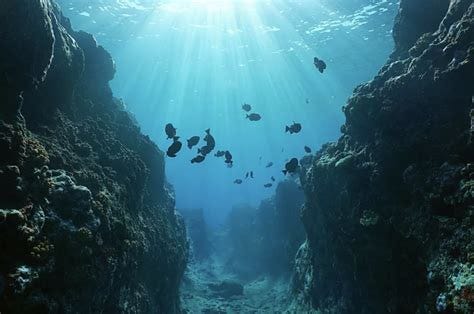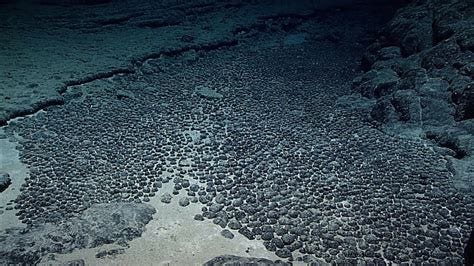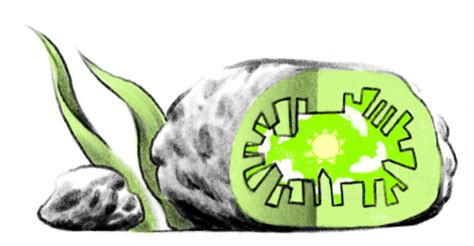
Deep beneath the Pacific Ocean's surface lies the Clarion-Clipperton Zone (CCZ), a vast expanse cloaked in perpetual darkness. In this otherworldly environment, an unexpected phenomenon challenges our fundamental understanding of oxygen production. Here, polymetallic nodules, unassuming potato-sized rocks rich in metals like manganese, cobalt, and nickel, perform a task we once believed was the sole domain of photosynthetic organisms: they produce “dark” oxygen.

For centuries, science has taught us that oxygen is primarily produced through photosynthesis. Plants, algae, and certain bacteria harness sunlight to convert water and carbon dioxide into oxygen, sustaining life on Earth.
This principle seemed ironclad, given that sunlight is a critical component of the process. However, recent discoveries in the CCZ suggest an alternative source of oxygen—one that operates in total darkness, thousands of meters below the ocean’s surface.

Ecologist Andrew Sweetman and his team from the Scottish Association for Marine Science have been exploring the ocean floor for over a decade. Their research focused on measuring oxygen consumption by organisms living in nodule-rich areas of the seabed. But starting in 2013, they noticed something peculiar: instead of decreasing, oxygen levels in their enclosed study chambers were rising. Initially dismissing this as a sensor error, Sweetman spent years recalibrating his instruments and rethinking his methodology.

In 2021, during an environmental survey expedition sponsored by a deep-sea mining firm, Sweetman’s team observed the same anomaly using a different technique. They enclosed sediments, nodules, and seawater in benthic chambers designed to measure changes in oxygen levels. To their astonishment, oxygen levels increased dramatically, even in the absence of sunlight and photosynthetic organisms.
Determined to uncover the source of this "dark" oxygen, the researchers hypothesized that the polymetallic nodules might be acting as tiny geobatteries. In lab tests, they found that these nodules could generate a small electric current—about 1 volt each—which splits water molecules into hydrogen and oxygen through a process known as electrolysis. This groundbreaking discovery indicates that geological processes, rather than biological ones, can produce oxygen in the deep sea.
This finding not only challenges our traditional views but also opens up new questions about the origins of life on Earth. Could these geobatteries have created oxygen-rich environments that supported early life forms? Might similar processes occur on other planets? The are so many unanswered questions!
The implications extend beyond scientific curiosity. The CCZ is a prime target for deep-sea mining due to its rich deposits of metals crucial for modern technology. However, the discovery that these nodules also produce oxygen has sparked environmental concerns. Over 800 marine scientists from 44 countries have called for a moratorium on deep-sea mining, urging further research to understand and protect these unique ecosystems.
Despite the excitement, the findings are not without controversy. Critics from the seabed-mining industry, such as Patrick Downes of the Metals Company, argue that the results may be due to oxygen contamination from external sources. The company plans to publish a paper refuting Sweetman's conclusions, highlighting the ongoing debate within the scientific community.

As researchers continue to unravel the mysteries of deep-sea oxygen production, this discovery could totally reshape our understanding of life and the hidden wonders of our planet’s oceans. The notion that life-sustaining oxygen can be generated in the darkest corners of the Earth challenges long-held beliefs and opens up a new frontier in marine science.









Most interesting. Hope if its true that zone won't be privatised by the Parasite class